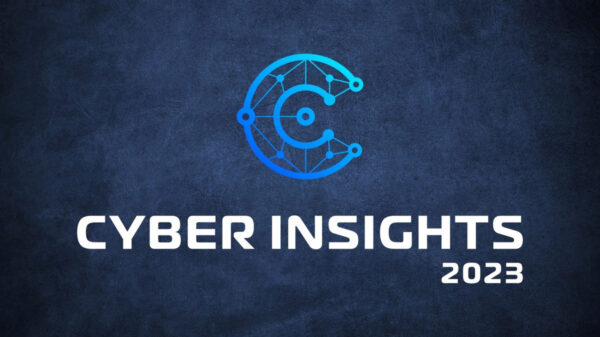The U.S. House of Representatives’ Committee on Energy and Commerce has released a report identifying strategies for the prevention and mitigation of cybersecurity incidents.
Designed to summarize the work of the Subcommittee on Oversight and Investigations, the report (PDF) includes conclusions drawn from tens of briefings, hearings, letters, reports, and roundtables. It also provides six priorities that should improve protection against vulnerabilities.
The integration of effective cybersecurity has not kept pace with the rapid expansion of Internet, and a year-long analysis by the Oversight and Investigations Subcommittee uncovered several patterns that apply to organizations regardless of industry, size, or sophistication.
With traditional information technology strategies seemingly ineffective against the growing number of cybersecurity incidents, the Subcommittee focused on answering two essential questions regarding the root-cause origins of cybersecurity incidents and on what organizations can do to better strengthen their cybersecurity capabilities.
In the newly published report, the Subcommittee presents six interrelated, core cybersecurity concepts that contribute to cybersecurity incidents:
Concept 1: There will always be unknown unknowns.
Concept 2: You can’t protect what you don’t know you have.
Concept 3: Software is no longer written, but assembled.
Concept 4: There must be a common cybersecurity language.
Concept 5: Digital assets age faster and less predictably than physical ones.
Concept 6: Cybersecurity takes a “whole-of-society” approach.
This also led to the discovery of strategies aimed at addressing the issues, which culminated in six priorities:
Priority 1: The widespread adoption of coordinated disclosure programs.
Priority 2: The implementation of software bills of materials across connected technologies.
Priority 3: The support and stability of the open-source software ecosystem.
Priority 4: The health of the Common Vulnerabilities and Exposures (CVE) program.
Priority 5: The implementation of supported lifetimes strategies for technologies.
Priority 6: The strengthening of the public-private partnership model.
The report provides details on each of the identified concepts and priorities, but also presents the products associated with each of them that the Subcommittee has focused on over the past several years, which represent the first steps into implementing the policies. However, as the Subcommittee notes, more work remains to be done.
“Each of the concepts and priorities detailed here represent a piece of the broader cybersecurity challenge. Pursuing any one concept-priority pair in isolation will undoubtedly improve society’s overall cybersecurity to some degree, but the Subcommittee’s work over the past several years has shown that each concept-priority pair feeds off and builds upon its fellows,” the report concludes.
Related: Senate Panel to Hear From Internet Execs on Privacy Policies
Related: Building an Integrated IT/OT Security Program: Notes From the Field












